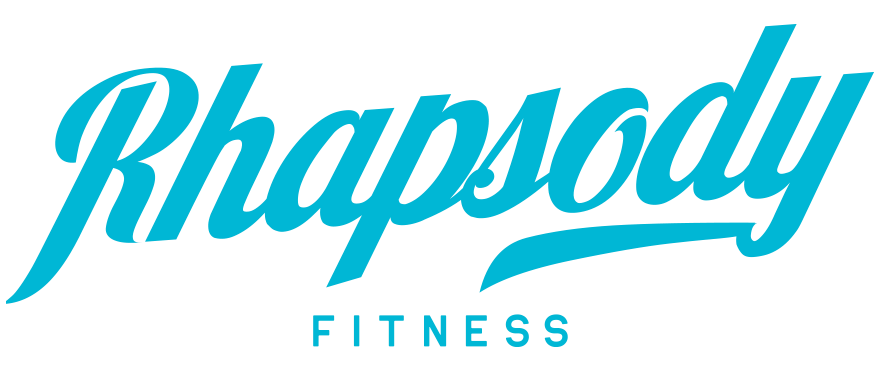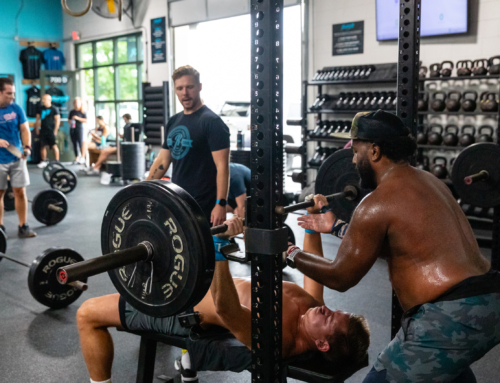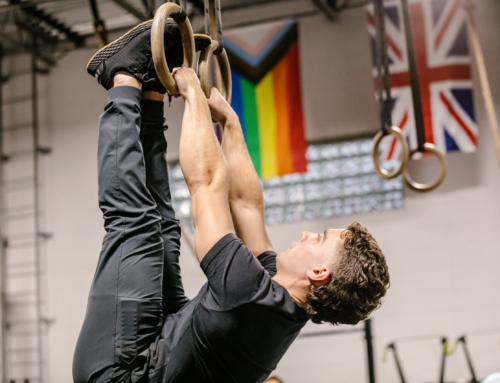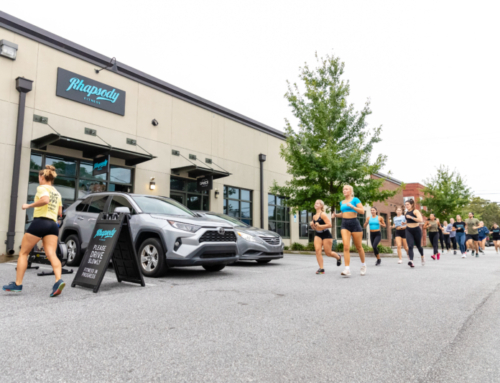Have you ever woken up in the morning and wondered, “Why am I so sore?” If it’s been 24-48 hours after a tough workout, then you’re probably feeling some DOMS.
What is DOMS?
DOMS stands for delayed onset muscle soreness. And as the name implies, its signature feature is the delay in muscle pain and soreness.
Day 1: You finish a workout where:
- The intensity is higher than what you’re used to.
- You do a movement or lift you’ve never done before.
- You move faster than you typically do.
- You lift a heavier load than what you have been.
- You work out for the first time in several days, weeks or months.
Day 2: Everything seems…fine.
Day 3: The soreness kicks in.
So why does the soreness show up late? When you work out, you create micro-tears in your muscle fibers. The more tears and trauma, the more your body will react. And that reaction comes in the form of inflammation, swelling and pain. It takes a little bit of time for this post-training reaction to happen, so the muscle soreness is delayed and can also seem to get worse until it hits a peak and gradually starts to get better.
If you’re training consistently and gradually ramping up your workout intensity, you should have little to no muscle soreness. But if you do much more than what you’re used to, don’t be surprised if you experience some DOMS.
How Can You Prevent DOMS?
Many beginner athletes experience DOMS when they start a new workout routine. But even experienced athletes feel the effects throughout their training cycles. Unfortunately, DOMS isn’t always avoidable, but here are some things you can do to minimize the effects:
- Always warm up and cool down before you train. The warm-up prepares your body for your workout, and the cool down will prepare you for recovery.
- Be aware of how you ramp up the intensity in your workouts. If you’re a beginner or haven’t been working out consistently, err on the side of caution. Scale your WODs to suit your current fitness level – not where you used to or want to be.
- Stay hydrated before a workout, and drink plenty of water during and after a hard training session. If you had a long workout and sweat more than you’re used to, consider adding some electrolytes to your water, as well.
- Make rest and recovery a part of your training routine. Take full rest days when you need them, and incorporate light stretching or low-intensity activities, as well. And while we’re on the topic of recovery, get as much quality sleep as you need to perform in the gym as well as in your daily life.
Ready to let some Rhapsody into your life? To learn more about Rhapsody Fitness in Charleston and our range of programs, get in touch with Team Rhapsody today.






